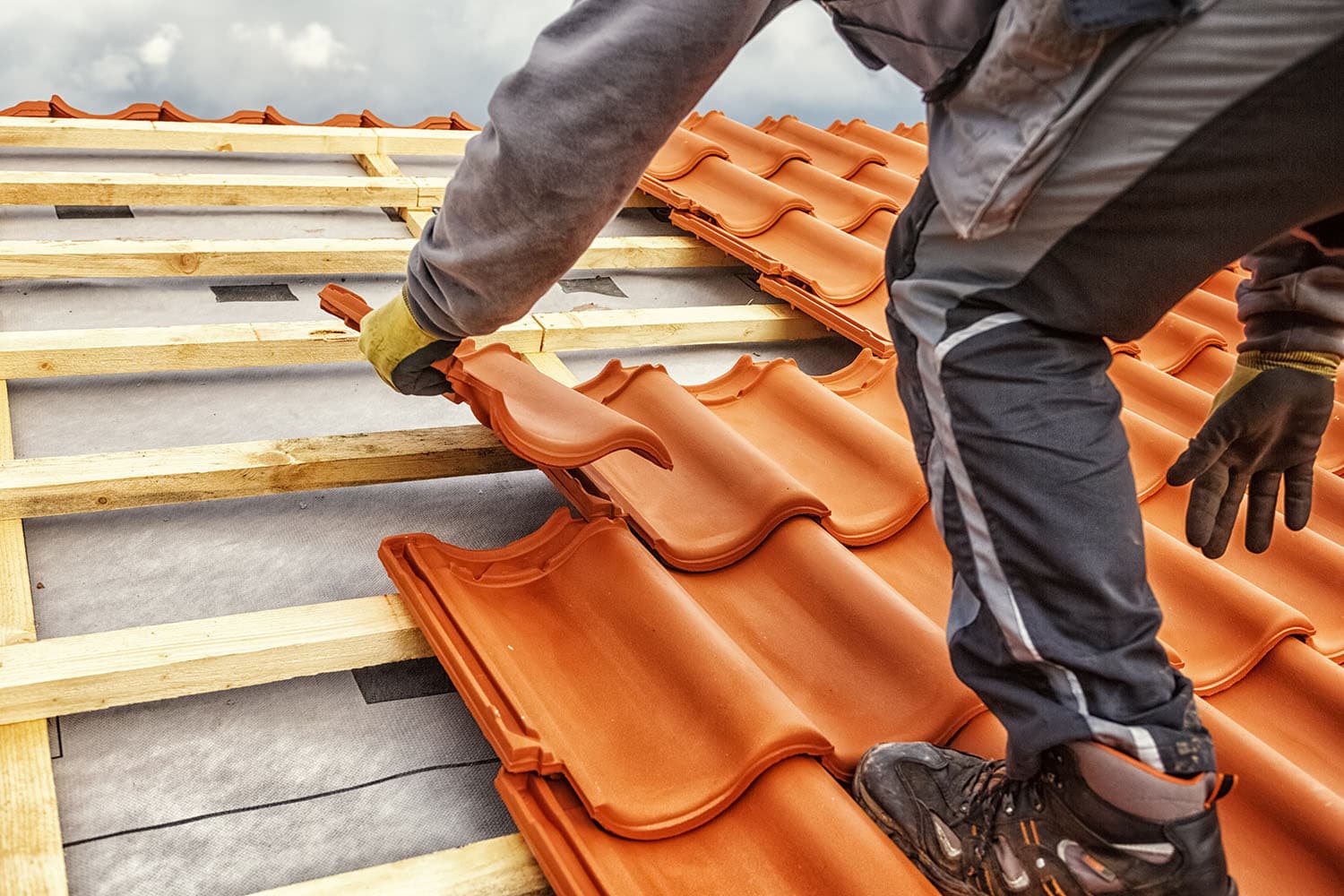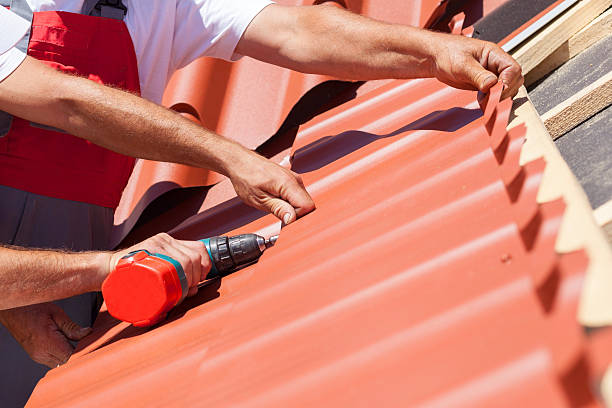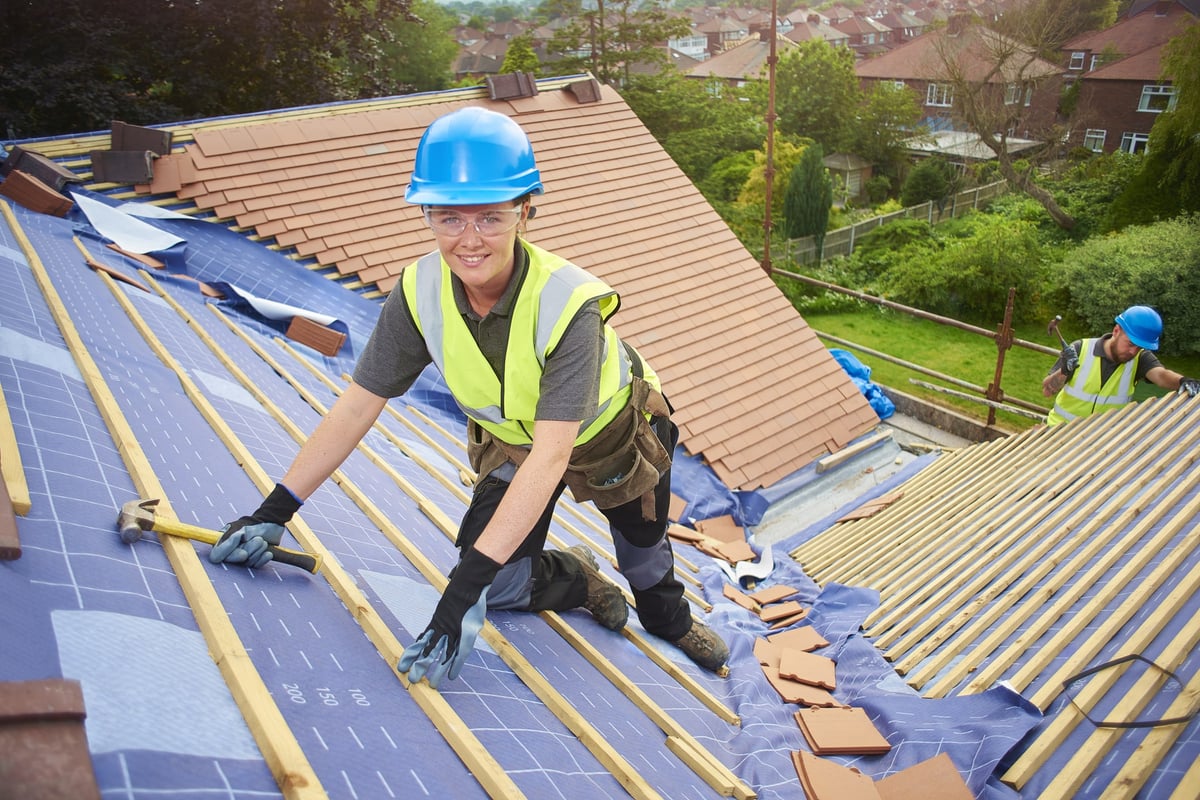Just How to Evaluate Various Roofing Alternatives for Your Building Needs
Examining roof options for your building calls for a comprehensive strategy that thinks about different elements such as the meant usage of the framework, local climate problems, and material features - Roofing Contractor. It is essential to evaluate the benefits and drawbacks of different roofing types, from asphalt shingles to metal and clay tiles, while likewise factoring in initial expenses and lasting maintenance.
Examining Your Building's Demands
To properly assess roof alternatives, begin by completely evaluating your structure's requirements. Begin by thinking about the structure's planned usage, as different structures may necessitate differing roofing specs. For example, property roof coverings frequently focus on appearances and insulation, while business structures may concentrate on sturdiness and load-bearing capability.
Following, evaluate the regional climate problems that will affect roof covering performance. Elements such as temperature changes, rainfall levels, and wind patterns can affect product selection and design. A roof that excels in a temperate climate might not execute too in areas susceptible to hefty snowfall or extreme heat.
Furthermore, evaluate the structural integrity of your structure. Ensure that the existing framework can sustain the chosen roofing products, specifically if considering heavier alternatives. It is also essential to review any kind of neighborhood building codes or laws that may determine specific requirements for roof.

Comparing Roof Covering Products
As soon as a thorough assessment of your structure's needs has actually been completed, the following action includes comparing numerous roofing products. Each material uses unique advantages and drawbacks, making it important to align your choice with your details requirements and conditions.
Asphalt tiles are widely recognized for their price and simplicity of setup, making them a popular option for domestic buildings. On the other hand, steel roof covering, understood for its longevity and long life, can stand up to rough weather but may come with a higher first investment.
Clay and concrete tiles offer superb thermal insulation and aesthetic allure, especially for Mediterranean-style architecture, yet they require a more robust architectural support because of their weight. Wood shakes offer an all-natural appearance and great insulation buildings yet may require extra maintenance and are susceptible to fire dangers.
Reviewing Expense and Budget Plan
Examining your roof covering alternatives requires a careful evaluation of price and spending plan factors to consider. The general allocate a roofing project makes up a number of aspects, including material prices, labor costs, upkeep, and potential lasting cost savings. It is necessary to develop a clear budget before exploring particular roof materials, as this will certainly assist the decision-making process and help you avoid overspending.
Begin by acquiring quotes from multiple professionals to comprehend labor prices in your area. Ensure that these price quotes include all essential solutions, such as removal of the old roofing system, installation, and any additional functions, like insulation or ventilation renovations - Roofer. Next off, evaluate the cost of various roof covering products, taking into consideration both first installation costs and expected lifespan

Recognizing Energy Effectiveness
Power performance plays a crucial duty in the option of roofing materials and systems, considerably affecting both power intake and overall comfort within a structure. An appropriate roof covering can boost thermal efficiency, lowering the requirement for heating and cooling systems, which in turn reduces power bills and decreases environmental effect.
When assessing roof alternatives, consider products that show rather than soak up heat. Additionally, proper insulation and air flow are important to imp source maximize the power performance of the entire roof system.
Another vital aspect is the roofing system's long life and maintenance requirements. Sturdy products that require much less regular replacement find more add to long-lasting energy financial savings. The power efficiency of a roofing system can additionally be evaluated through its compliance with established sustainability ratings such as ENERGY CELEBRITY or LEED.
Thinking About Visual Allure
A roofing's visual charm significantly affects the overall appearance of a building, complementing its building style and boosting visual charm. Perrysburg Roofer. When examining roofing alternatives, it is necessary to consider exactly how the selected product, shade, and layout will harmonize with the existing structure and community. A properly designed roof can raise even the most basic of buildings, transforming them right into aesthetic prime focus
Different roof materials offer various aesthetic qualities. For instance, traditional tiles may stimulate a timeless site here charm, while metal roofing can present a modern-day, streamlined look. In addition, the shade of the roof covering material plays an essential role; lighter shades can make a structure show up even more roomy, while darker tones may develop a cozier setting.
Moreover, building elements, such as dormers and eaves, can improve the roofing system's visual impact. It is recommended to consult with professional designers or architects to guarantee the chosen roof covering option lines up with the general layout intent. Eventually, a roof should not only provide useful benefits however additionally add positively to the structure's aesthetic, showing the owner's taste and the character of the surrounding environment.
Conclusion
